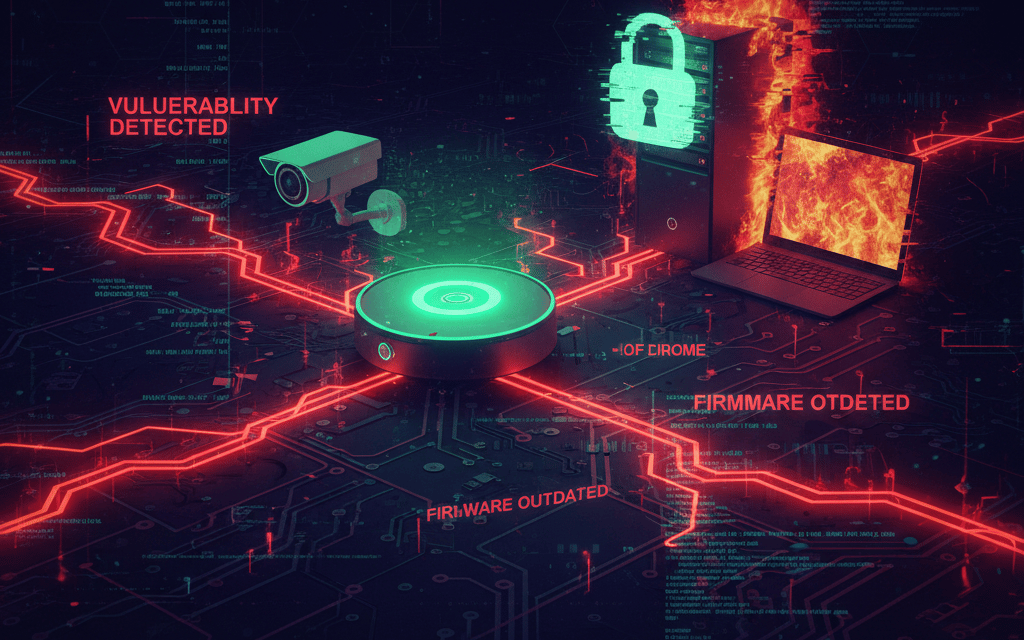The Critical Imperative of Cybersecurity for IoT Devices
The proliferation of Internet of Things (IoT) devices—from smart thermostats and security cameras to industrial sensors—has fundamentally changed our digital landscape. While offering unprecedented convenience and efficiency, this massive network of interconnected hardware introduces a vast, often overlooked, frontier of cybersecurity risk. The core vulnerability stems from the fundamental design and maintenance philosophy surrounding many consumer and even industrial IoT products.


IoT devices are frequently designed with low maintenance and cost as primary objectives, often at the expense of robust security features. They are commonly treated as "set-it-and-forget-it" appliances, meaning security updates are rarely sought out or applied by the end-user. This creates an environment where devices are the most easily hackable entry points to a larger network. Once compromised, a simple smart lightbulb can serve as a bridgehead, allowing malicious actors to move laterally into more sensitive parts of a home or corporate network, such as personal computers or critical servers.
A significant contributing factor is the lifecycle of device firmware. Manufacturers often release products with an initial firmware version that stays active and operational for years. Unlike smartphones or PCs, which receive frequent, mandatory operating system and application updates, an IoT device's firmware update is typically only addressed if a compatibility issue arises or if the device completely fails. This prolonged inactivity of updates means that known vulnerabilities—security flaws that have been publicly documented and patched in other systems—remain open and exploitable on millions of active IoT devices.
This lack of security hygiene creates immense danger. Botnets like Mirai have famously weaponized thousands of insecure IoT devices (e.g., CCTV cameras and routers) to launch massive Distributed Denial of Service (DDoS) attacks. Furthermore, compromised devices can be used for eavesdropping, data theft, or even as tools for physical sabotage in industrial settings.
Therefore, enhancing cybersecurity for IoT requires a multi-faceted approach. Manufacturers must implement Security-by-Design principles, enforce mandatory, automatic firmware updates, and provide longer-term security support. Users must be educated on the risks and encouraged to change default passwords, segregate IoT devices on a separate network, and monitor for unusual activity. Without a collective commitment to patching these digital weak spots, the convenience of the IoT ecosystem will continue to be overshadowed by its pervasive security risks.
